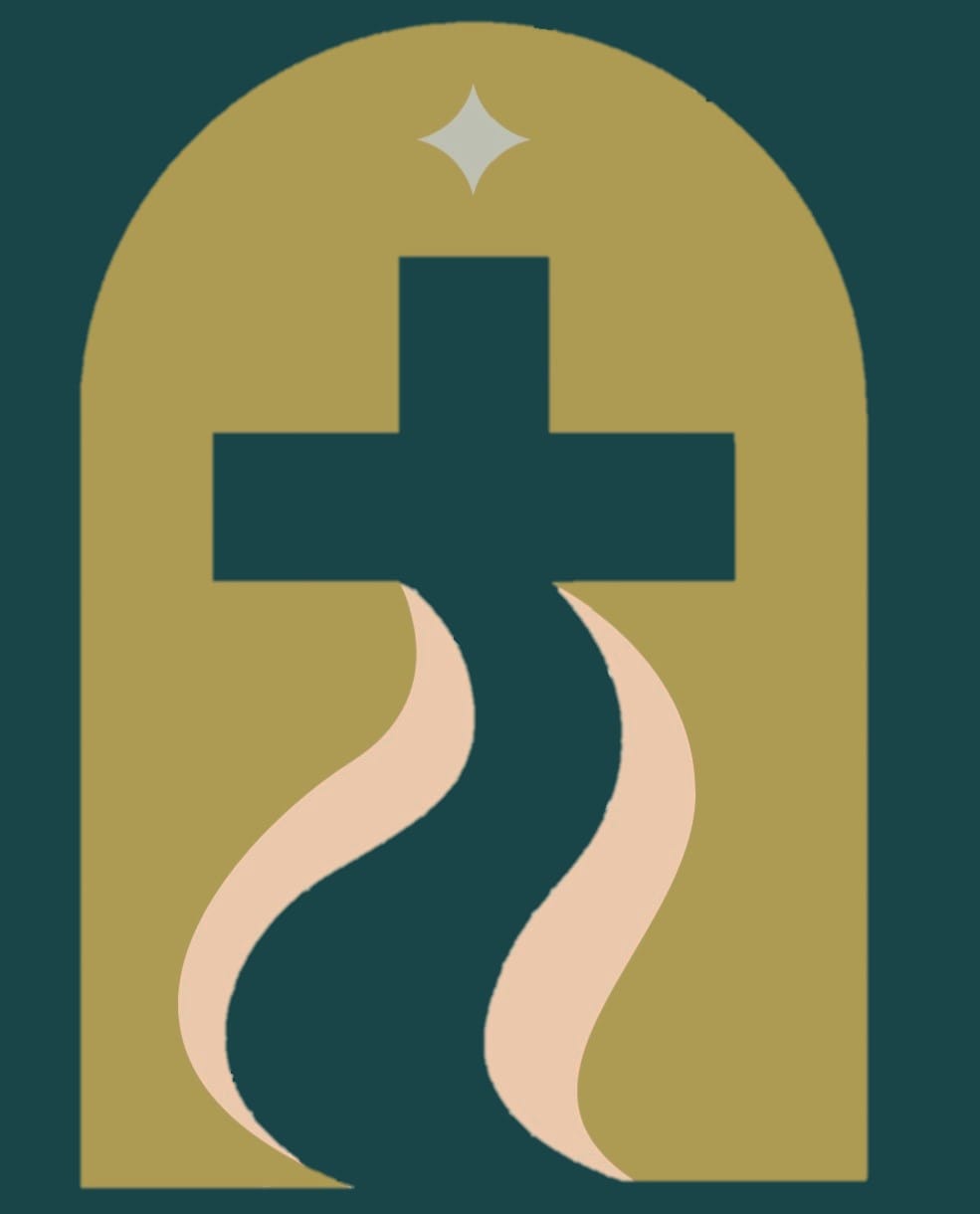“My people are destroyed for lack of knowledge: because thou hast rejected knowledge, I will also reject thee”
Hosea 4:6 KJV
In today’s world, we often follow tradition without questioning its origins or purpose. For generations, our parents and grandparents have lived according to established customs, and we continue to do the same. However, it is essential to pause and critically examine whether these traditions align with the truth. Rather than simply following what has always been done, we should turn to the Bible for guidance and seek to understand how it shapes the way we live.
“Now the feast of unleavened bread drew nigh, which is called the Passover.”
Luke 22:1 KJV
The timing of Easter, which commemorates Jesus’ death and resurrection, differs from the Jewish Passover due to decisions made in the early Christian church.
The Council of Nicaea in 325 AD played a significant role in establishing the date for Easter. Instead of aligning it directly with Passover, they set Easter to be observed on the first Sunday following the Paschal Full Moon—the first full moon after the spring equinox. This was done to create a distinct Christian tradition separate from Jewish calculations, ensuring a unified celebration across different regions.
Throughout history, spring has been regarded as a time of rebirth and renewal across various ancient cultures. After the harsh winter, civilizations celebrated festivals marking fertility, new beginnings, and the return of life. Many of these celebrations began during the spring equinox, a pivotal moment of balance between day and night.
The name ‘Easter’ is widely believed to have originated from Eostre (or Ēostre), an Anglo-Saxon goddess of spring and fertility. Her festival, observed during the equinox, symbolized renewal and the awakening of nature.
*”Easter traditions, much like many cultural celebrations, have origins that extend beyond Christianity. One of the most recognizable symbols of Easter is the bunny. In ancient times, rabbits were associated with fertility and new life, making them fitting representations for spring festivals. The same is true of the Easter egg—historically, eggs symbolized rebirth and fertility. The practice of coloring eggs is believed to have originated in pagan cultures, serving as a symbol of renewal during springtime celebrations.
Hot Cross Buns also have roots in ancient rituals. Historically, sweet breads were baked as offerings to the goddess Eostre, a figure associated with spring and fertility. As Christianity spread throughout Europe, these traditions were adapted, with the cross on the buns symbolizing the crucifixion of Jesus Christ. Interestingly, the pagan Saxons baked similar cross-marked breads to honor Eostre, dividing them into four parts to represent the seasons.
Given these historical influences, the idea that Easter is solely a Christian celebration of Jesus’ death and resurrection is worth reconsidering. If Christians aimed to observe the event strictly according to biblical tradition, it would align with the Jewish Passover festival, utilizing symbols such as unleavened bread and wine rather than those with pagan associations.
“Notwithstanding I have a few things against thee, because thou sufferest that woman Jezebel, which calleth herself a prophetess, to teach and to seduce my servants to commit fornication, and to eat things sacrificed unto idols.”
Revelation 2:20 KJV
Over time, modern Christians have grown accustomed to certain traditions, often justifying them as enjoyable and well-intended. However, the question remains: Is what we practice aligned with personal beliefs, or is it truly right in the eyes of God?
